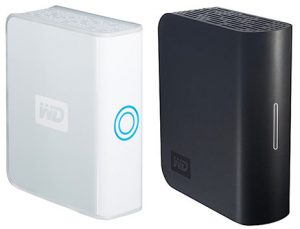So we all know what disaster recovery is, and we all take backups, right? You know, that plastic brick you plug into your server each day and take home in your work bag each night? Well, for the vast majority of businesses this is the case, but what would you actually do if you experienced a major fault or outage?
Have you ever thought about what is on that small plastic brick and how you would get your business back up and running in the event of a catastrophic failure?
With data becoming more important to businesses and factors such as the weather and power supply becoming less predictable, is your backup good enough to allow your business to continue operating?
I’ve been working with our customers recently on what would happen in a large outage and together we have started to create thorough disaster recovery plans – the outcomes so far are very surprising.
How quickly do you need to be back up & running?
By far the three most important questions are:
How quickly do you need to be back up and running?
What do you need to operate?
and finally, How much is it going to cost your business?
If your business has to provide information to customers every day, then how many days will it be before the customers will uproot and leave? Do you have any contractual commitments that you are obliged to fulfill?
And do you really need all of your services up and running to operate? In most cases you can operate your business on less than 75% of what you are running on your servers each day.
A simple sum would give you an indication of the initial cost :

In this example, which I have deliberately worked to make the numbers simple, you would be loosing £1000 per day for 5 days, on top of the IT hardware and support costs. However, this would not include the loss of faith in your business and potential loss of customers or repeat business.
So what are the alternatives? Firstly, you could purchase replacement hardware now, and keep it on standby for the unlikely event of a total failure. This will reduce the time taken to get back online, but would still leave you with one or two days’ outage and potentially having a server in your storeroom which is getting out of date day by day…
Or, you could look to move to the cloud.
I’m not going to lie, I’m a cloud advocate and our business is called Cloud Heroes for a reason, but let me explain why the cloud is the best solution for disaster recovery.
The best solution to keep your business running is to be using a full cloud service. This means your onsite server is replaced with a cloud based server which is online 24/7 and backed up daily. The difference with a cloud server backup is that it copies the entire server – including the operating system and all settings.
The next most important point is that the cloud solutions are visualised, so you can run them on any hardware and they can be brought back online within minutes of a physical server issue. The way we have our systems set up, you would not notice if our servers died as the virtual server would be migrated live to another piece of hardware.
But how secure is the cloud?
Security is surprisingly good and can be locked down to suit your exact requirements with features such as two factor authentication and lock down to specific IP addresses. But at the end of the day it all boils down to this – where would you like your vital data to be kept? In the corner of an office in a building on the high street, or in a data centre with security patrols, airlock doors and entry control?
If you want to know more about disaster recovery and how to keep your business online, please feel free to contact us.



